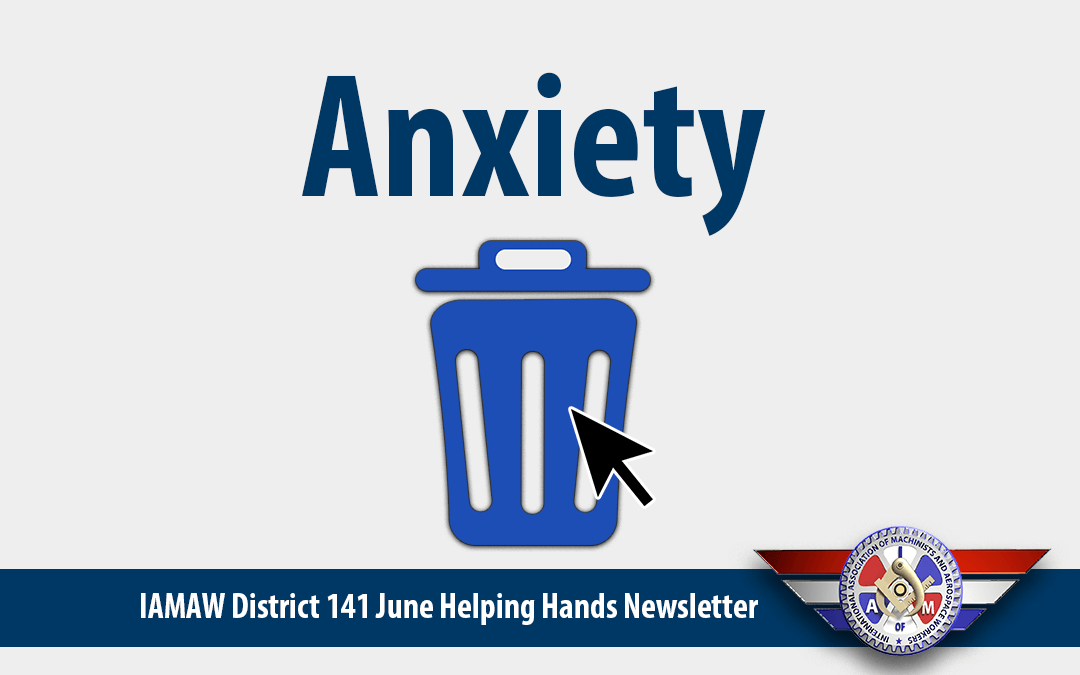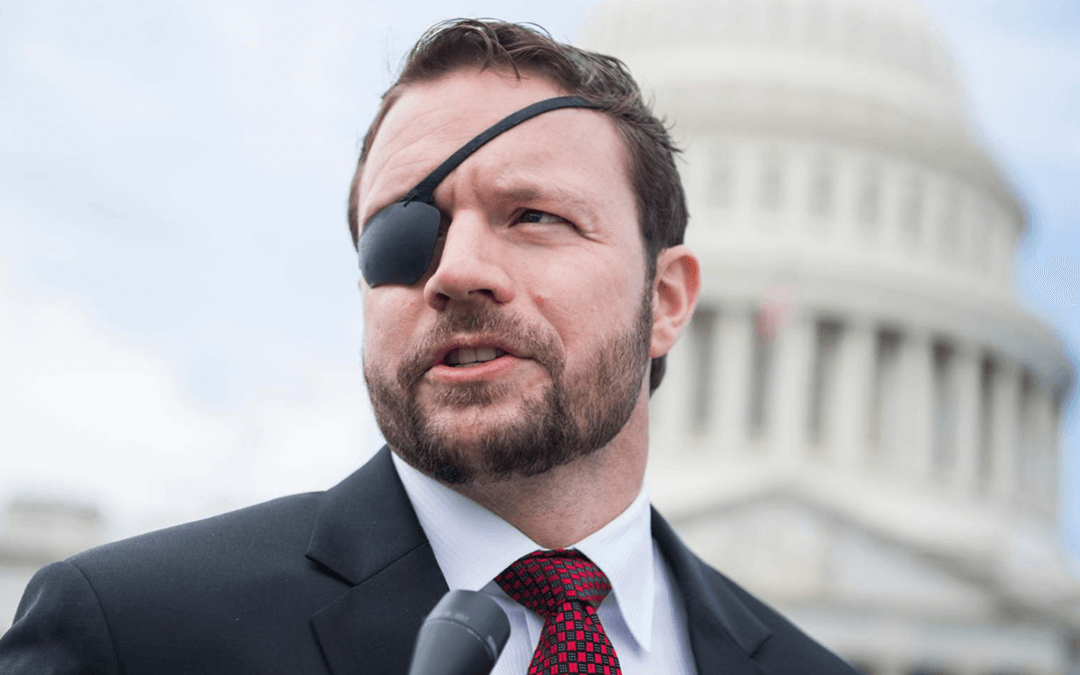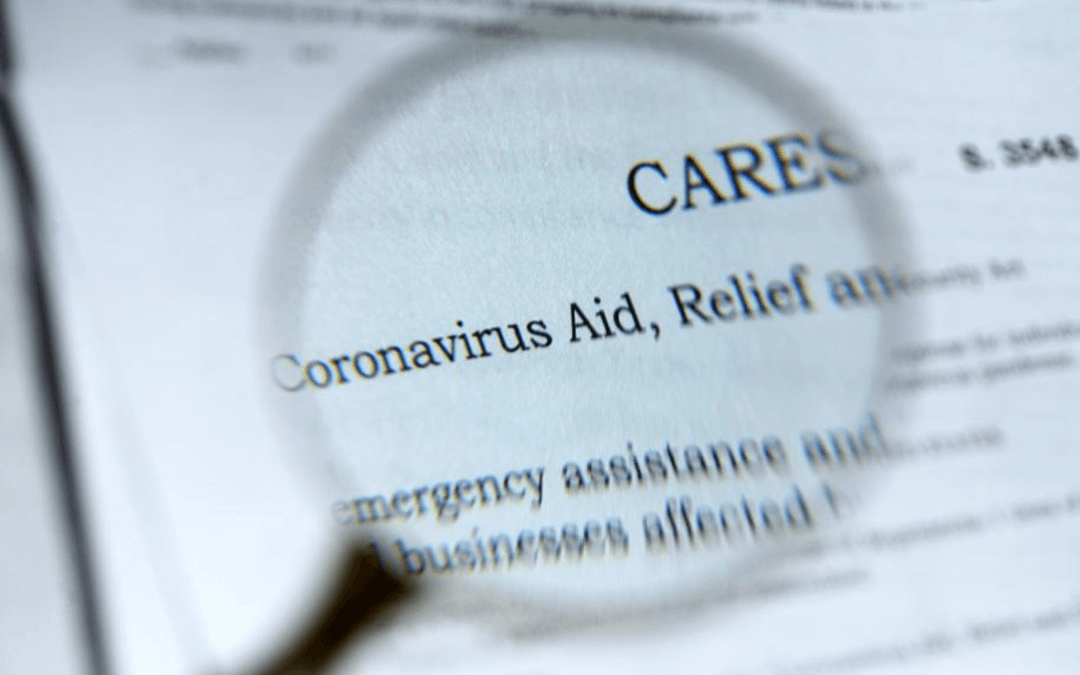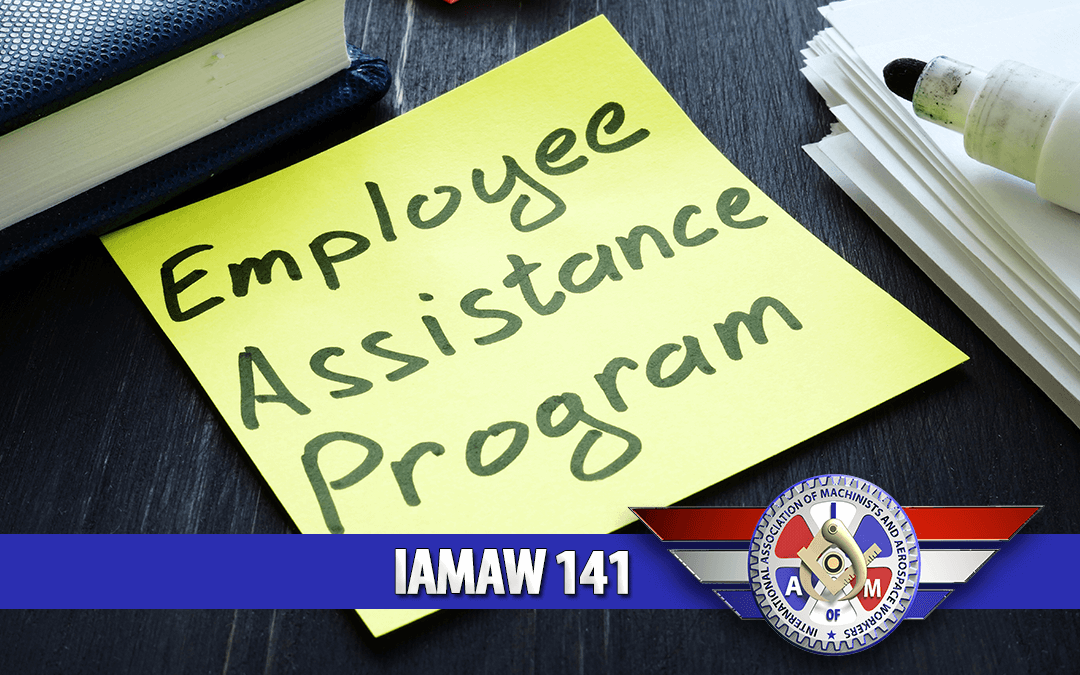
by Eric Price | Jun 5, 2020 | EAP, Front Page, Helping Hands, Uncategorized
EAP Peer Coordinators, Following up on the special editions about the coronavirus in the past few months, this month’s issue focuses on anxiety. Tips about strategies on dealing with stress as we continue to deal with the consequences of the coronavirus are...

by Eric Price | Jun 3, 2020 | COVID, Featured News, Front Page, Home, Home, MNPL, Row 2, United
/// En Español Another lawmaker has voiced support for the unionized ramp and customer service agents at United Airlines as they continue to push back against proposed furloughs at the airline. This week, Congressman Dan Crenshaw (R-Tx), issued a statement calling on...

by Eric Price | May 31, 2020 | Front Page, MNPL, Uncategorized
Congress demands better accountability from the Treasury Department in the administration of airline relief funds from the $2 Trillion CARES Act. On May 1st, federal lawmakers began receiving emails and calls from airline employees following United Airlines’...

by Eric Price | May 26, 2020 | Featured, Featured News, Front Page, Hawaiian, Home, Home, Row 2, Safety, Uncategorized
Sisters and Brothers, With deep sadness, I share the news that our Brother Kaulana Pakele, who served as Safety Director for District 141 at Hawaiian Airlines, passed away last night. Kaulana was surfing on Memorial Day near Makaha Beach in Oahu, Hawaii, when he went...

by Eric Price | May 25, 2020 | COVID, Featured, Featured News, Front Page, Home, Home, Uncategorized
On Behalf of a Grateful Union This Memorial Day, we remember with pride. On this Memorial Day, we remember and honor all those who gave their lives in service to our country. Let us also extend our deepest gratitude for those women and men who lost their lives serving...

by Eric Price | May 22, 2020 | EAP, Uncategorized, Video
A Conversation with EAP Director, Bryan Hutchinson IAMAW District 141 Employee Assistance Program Director Bryan Hutchinson sits down with Dave Lehive for a conversation about how the EAP is responding to the COVID-19 crisis. The District 141 EAP offers free,...







